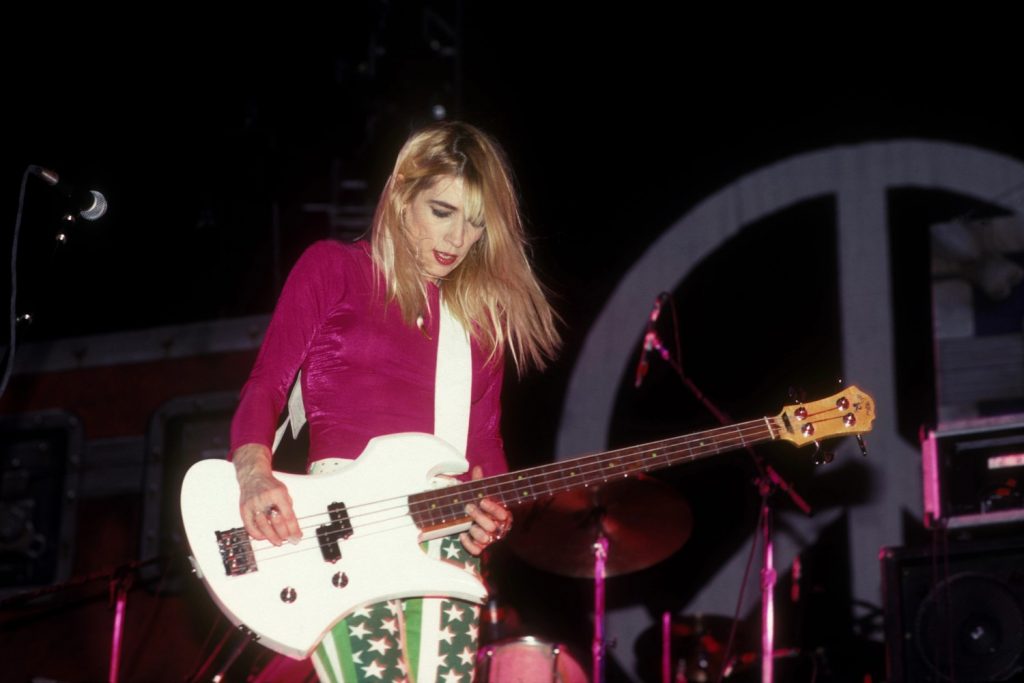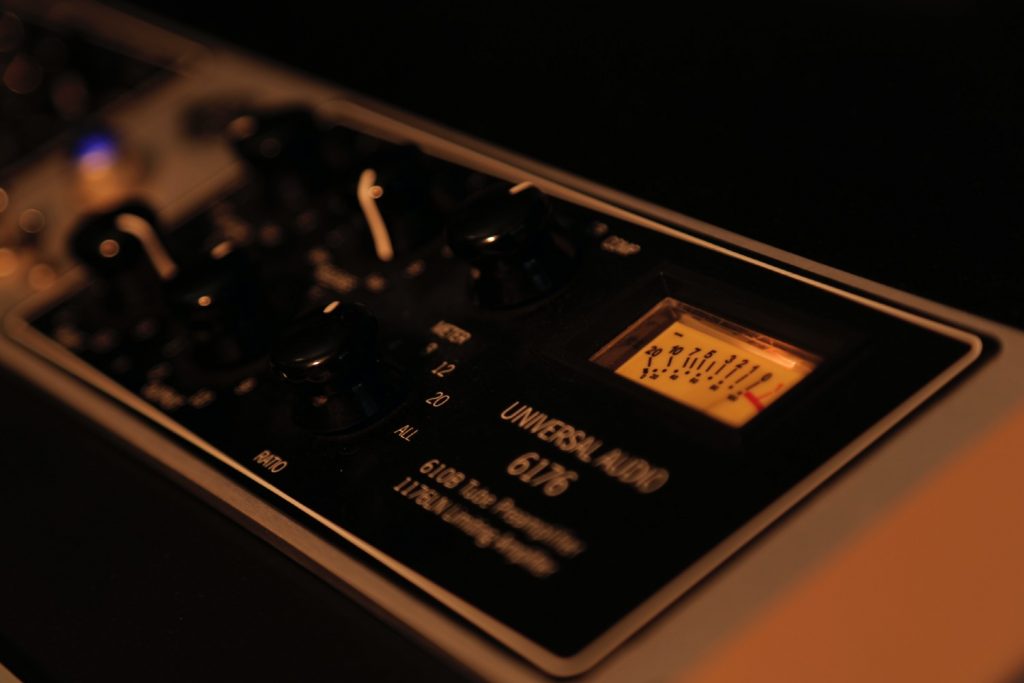A guide to audio metering, how to implement it and how to stick to it!
Within the context of modern audio recording, mixing and mastering, LUFS vs Peak vs RMS are important for having an understanding of audio levels. It’s crucial in being able to produce a song that fits the specific guidelines set by streaming services and distribution platforms which are essential in getting your music heard.
Audio mastering
Since the early 2000s, the Loudness Wars – as it was dubbed – affected the dynamic range of music produced in that time as mixing and mastering engineers strived to get the ‘loudest’ sound they could, smashing tracks very hard into compressors and limiters.
Read up on all the latest interviews, features and columns here.
We’re taking a little break here at Mixdown and so should you. We’re reposting some old favourites of yours and ours!
As on the CD format which was popular at the time, if a song had a higher average RMS level, it would sound louder than a track with a lower RMS level. Nowadays, streaming services have a pretty strict LUFS value they will aggregate all songs too, meaning that creating a ‘cheese block’ audio file is no longer the way to achieve the highest perceived loudness.
Maybe some of these terms flew over your head, which is why this article will explain what Peak, RMS and LUFS mean, how they work and when you should use them in audio.
Summary:
- Peak and True Peak metering is integral in understanding the absolute maximum level within digital audio.
- RMS and LUFS are tools for grasping the average level of a piece of music with RMS being typically over 300ms and LUFS over the whole recording.
- Knowledge of all these tools is vital in audio engineering, especially if you are looking to get into mixing and mastering.
LUFS (Loudness Units referenced to Full Scale)
LUFS or LKFS is a standard introduced by the European Broadcast Union in 2011 to normalise audio levels for television programs. The standard, from the EBU R 128, dictates that LUFS is a loudness measurement which is K-weighted relative to digital scale. If that sounds like a whole bunch of jargon, it is, so let’s break it down.
First off, K-weighting is a filtering process which replicates the sensitivity of the human ear. Basically, the audio signal is run through an EQ which takes into account that humans don’t hear all frequencies equally. Those familiar with the Fletcher-Munson equal-loudness contours will understand that humans hear low and high frequencies less than frequencies in the mid band.
Relative to digital scale means that the upper limit of the signal has to be 0dBFS. Basically stating that there is a limit to how loud digital audio can go before clipping.
Now that is all explained, we can deduct that Loudness Units referenced to Full Scale is basically an EQ’d version of the audio that is measured over a flexible period of time, from the digital upper ceiling of 0dBFS.
Peak Level
Peak is an instantaneous measurement of level in audio. It represents the absolute highest level a signal is reaching, which is very important for observing where it is in relation to the ceiling, or the highest level a digital audio signal can go before distorting or clipping.
A peak level will change rapidly and you can expect it to peak in most music applications when a drum hit occurs in the mix. You can use the peak level to determine which audio signal needs taming through compression/limiting by checking which signal has the highest peak recorded.
True Peak Metering
True Peak metering is measured in a similar fashion to standard peak metering but represents what the digital audio signal would be reproduced as in the analog world. A true peak meter will generally read higher than a regular peak meter as the waveform will produce inter-sample peaks when translated from your DAW to a speaker.
With lossless files such as WAV and AIFF formats, inter-sample peaks are less common and it’s only when you start converting to lossy formats such as MP3 and AAC that inter-sample peaks are more prevalent.
This type of metering is very useful for mastering as you can more accurately measure how the audio will be recreated in the physical world, which can help you curb distortion and clipping. This metering is also used within audio streaming services to dictate how loud the end result is.
RMS (Root Mean Square)
RMS, which stands for Root Mean Square, is an average voltage level measurement for an electrical signal. It is a continuous measurement and when used in terms of speaker systems describes how much continuous power can be pushed through an amplifier.
In digital audio applications, RMS is usually measured at 300ms. This means that over that duration of time, the peak level is averaged out into the RMS level, represented in DAWs as a slower moving line below the peak.
RMS is handy for understanding the average loudness of a track. You may want to consider the Peak and RMS values and the interchange between them. For example if there is a large gap between RMS and Peak values, you can assume that an audio track is fairly dynamic, whilst if RMS and Peak values are close together, you can assume a track is heavily compressed or has minimal dynamics.
Take this example below from the Loudness Wars era. In this video, a song from 1989 is is limited to the standard of songs from the era. The first audio sample would be a highly dynamic sound while the second one is one of minimal dynamics.
So how does this apply to my music?
Plain and simply, streaming platforms such as Spotify, Apple Music and Soundcloud, will turn down your music if it’s above a certain average level. Most services will use an LUFS standard and a True Peak standard to create an even experience for the end user.
The magic number for your final master if you intend it for streaming services is -14LUFS and -1.0 dBTP. Mastering music to this level is integral to making sure your sound appears the ‘loudest’ on streaming platforms and will be in line with the other tracks being released today.
Now that you understand all these terms, go out there and make your music the correct loudness levels!
For further reading on the Loudness War and the effect it had on music, read this piece by NPR.







